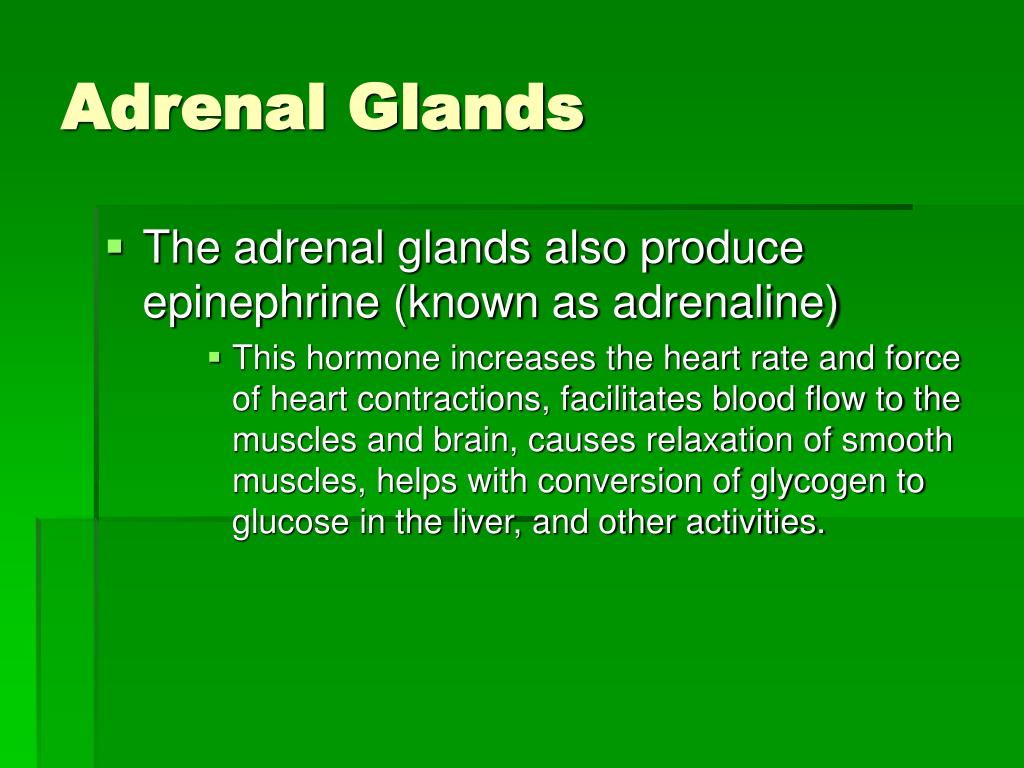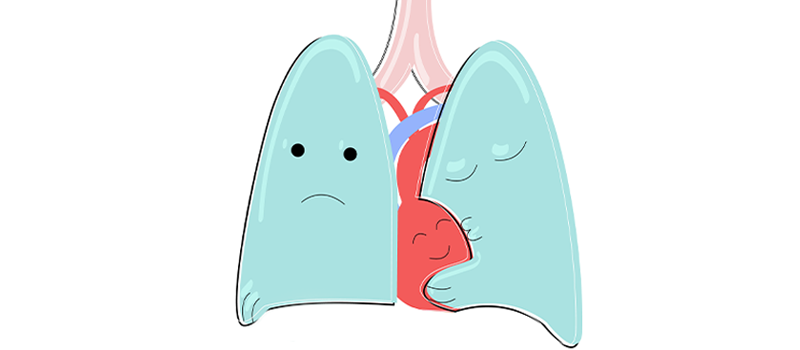
Steroidal drugs are a prime cause of Cushing’s disease.ģ. Avoid giving your dog corticosteroids for chronic conditions or long-term use. If symptoms such as hair loss, lethargy, weight loss, and sudden onset of excessive thirst and urination are seen, get the dog to your vet ASAP.Ģ. Dogs with the adrenal form of the disease tend to be harder to stabilise and don't do quite as well long term.1. The prognosis for dogs with the pituitary form of the disease is good with an average life expectancy of 2.5 years although 4 years or longer is not unheard of with younger dogs and dogs diagnosed early in the disease. What is the prognosis for animals with cushings disease? Once started on maintenance it is best to repeat these bloods in 3 to 4 weeks to assess how well the dog is responding to the therapy.Ħ monthly blood tests are then advised to monitor the disease.Īnother newer treatment is with a drug called trilostane, this medication is given either once or twice daily lifelong. Blood tests will be required during the induction phase to help determine when the dog can proceed to maintenance therapy. This involves a daily treatment during an induction phase ( usually 5 to 10 days) followed by a weekly or twice weekly maintenance dose. The most common treatment is using a drug called Lysodren (mitotane). There are several ways to treat cushings.

Sometimes an ultrasound can be used to visualise a tumour in the adrenal gland. Further more specific testing such as an ACTH stimulation test or a low dose dexamethasone suppression test are required to reach a definative diagnosis.

General health screens will usually show elevated liver enzyme levels. Many cushingoid dogs will also develop diabetes melitis (sugar diabetes).īlood tests will be required to diagnose cushings disease.

Some dogs will develop behavioural alterations such as circling and pacing. The typical symptoms of cushings include excessive drinking and urinating, an increased appetite, panting, abdominal enlargement, hair loss (especially from the sides of the animal), muscle wasting, weakness, lethargy and thin blackened skin. Smaller dogs seem to be affected more than larger breeds. It mainly affects dogs 6 years and older although younger dogs and rarely cats can be affected. The other 20% are due to a tumour in the actual adrenal gland producing too many hormones This gland releases excessive amounts of hormones that overstimulate the adrenal gland. Approximately 80% of cushings cases are due to a small functional tumour in the pituitary gland which is located in the brain. The adrenal glands produce a lot of the bodies hormones important for normal bodily function, this includes the bodies natural cortisone and stress hormones suc as adrenalin. Cushings disease or hyperadrenocorticism is caused by overactive adrenal glands.


 0 kommentar(er)
0 kommentar(er)
